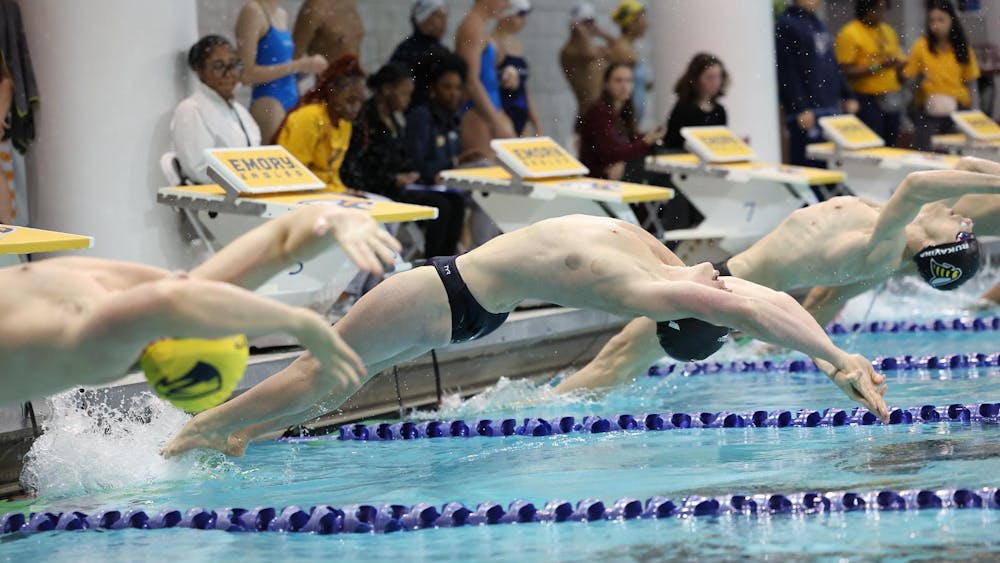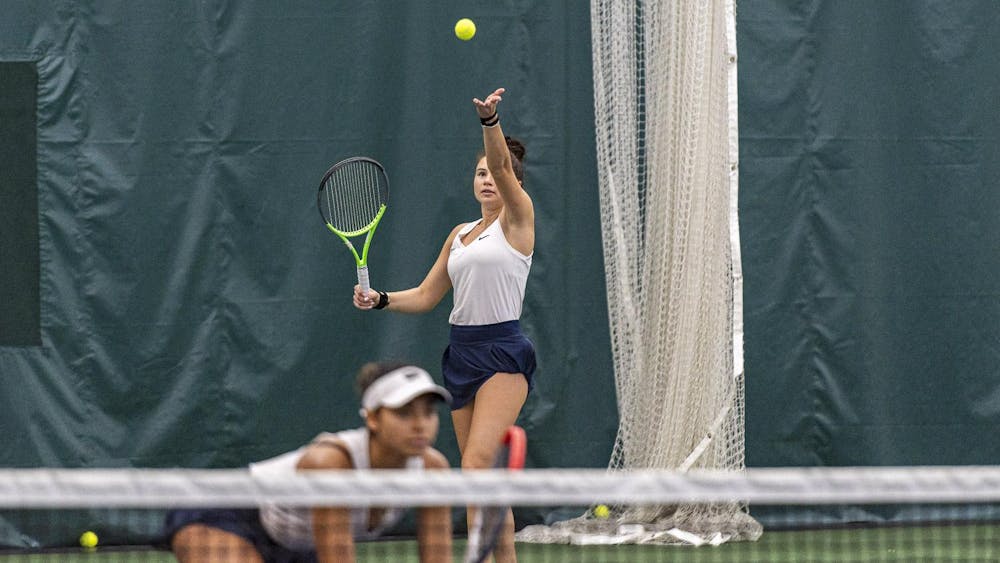In mid-March 2020, the NCAA canceled its men’s and women’s Division I basketball tournaments. For the first time in history, March Madness was absent and college basketball would be championless. One of the most thrilling, unpredictable and entertaining sporting events of the year was erased from the schedule a week before it was set to begin. Now, one year later, despite the continued pandemic-induced limitations, March Madness will make its triumphant return on March 14.
Typically, March Madness is a national event — games are spread across the country and teams travel great distances as they advance through each round. But with travel still discouraged, it is not safe nor logical to have teams bounce from location to location. Instead, the NCAA opted to hold the entirety of March Madness in central Indiana.
As an Indiana native, I could not be more thrilled. Indianapolis is lauded for its event hosting, not to mention Indiana’s reputation as a crazed basketball state. Basketball-specific infrastructure is rampant across central Indiana, and the NCAA is even headquartered in Indianapolis. These factors make hosting 67 tournament games across six venues in a span of just three weeks a more feasible and safe endeavor.
The NCAA’s plan is akin to the NBA’s bubble last summer. While March Madness won’t transpire in a sprawling sports campus, the furthest game locations from Indianapolis are Purdue University (Ind.) and Indiana University, which are both approximately one-hour drives from the city. After the first two rounds, all games will be held in Indianapolis. While the tournament may not be a fully enclosed bubble, it appears to be an effective alternative.
The bracket itself has yet to be revealed; Selection Sunday airs on March 14 after all conference championships have concluded. Yet two major storylines still dominate the undetermined bracket. The first is the Gonzaga University (Wash.) Bulldogs seeking to become the first undefeated national champion since the 1975-76 Indiana Hoosiers.
Over the latter half of the 2010s, Gonzaga’s consistent success no longer made them the Cinderella they once were. From 2015 to 2019, Gonzaga made two Sweet 16s, two Elite Eights and reached the national championship game in 2017. Mark Few, Gonzaga’s head coach since 1999, has the highest all-time winning percentage in college basketball. This program is a powerhouse, and this is the best they have ever been.
The Bulldogs, led by steady senior forward Corey Kispert and sophomore center Drew Timme, dismantled a daunting nonconference schedule and walked through the West Coast Conference with ease. They have veteran leadership in Kispert and junior guard Joel Ayayi — Gonzaga plays the type of composed, all-around basketball that is typical of older, more experienced teams. Their guards are also exceptional, especially uber-talented freshman point guard Jalen Suggs, a projected lottery pick in next year’s NBA draft. After 20-plus years of Few developing the program, Gonzaga’s hopes for a title have never been higher.
Gonzaga’s main competition will likely emerge from the Big Ten. Analysts are projecting four Big Ten teams to take the top eight spots in the brackets. It’s typical for power conferences to have two or three teams in the top two seeds, but four from one conference is relatively unheard of. This is due to a combination of other conferences’ underperformance and the Big Ten’s dominance. The University of Illinois at Urbana-Champaign, the University of Iowa, the University of Michigan and Ohio State University have paced perhaps the deepest conference college basketball has seen in years. Each of these four are hard-nosed, veteran teams that impose their style of play on both ends of the floor.
Iowa and Illinois run through their respective stars, senior center Luka Garza and junior guard Ayo Dosunmu. Ohio State is currently riding a four-game losing streak, but three of those were to the other teams on this list. Michigan, the fourth-ranked team in the country, just won the regular-season Big Ten championship. If two of these teams are No. 1 seeds, it will be only the 13th time since the field expanded to 64 teams that two teams from the same conference occupy No. 1 seeds. The upcoming Big Ten tournament, also taking place in Indianapolis, will likely determine their final seeding order.
Outside of Gonzaga and the four Big Ten teams, the Baylor University (Texas) Bears, who have a 21-1 record overall, have proved themselves as one of the toughest teams in the country. Widely considered national championship favorites last year, Baylor has brought back a majority of the team that was poised to make a run in 2020.
While March Madness, like all sporting events, may feel a bit curtailed this year, it’s return is eagerly anticipated. After all, it’s not truly March if you’re not filling out your brackets with extreme care. Despite the new format, we can still expect the same fireworks, late-game heroics and upsets that define March Madness. But it appears the 2021 edition of March Madness will likely be a battle between Gonzaga and the Big Ten.






